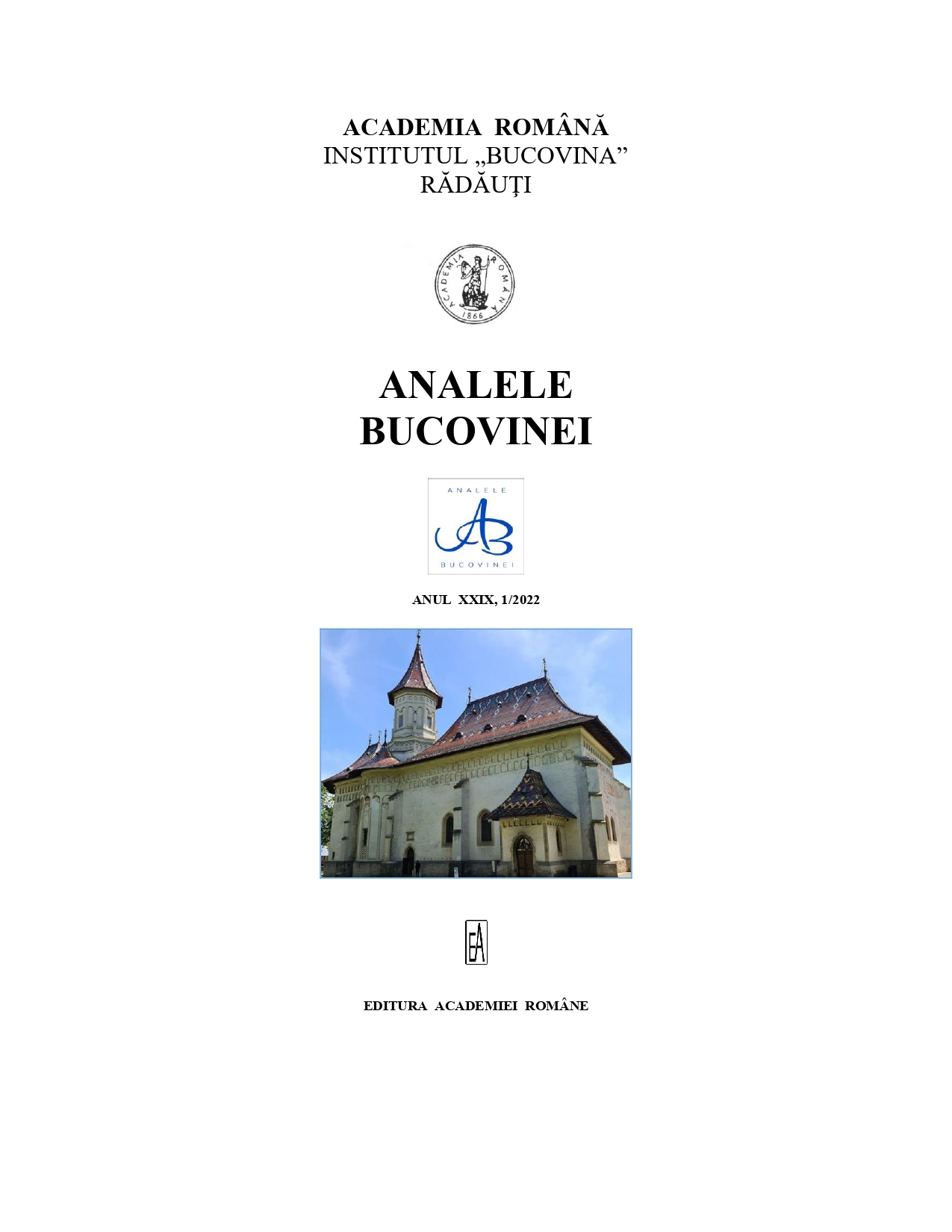CADRUL LEGISLATIV ŞI DESCRIEREA TIPOLOGIILOR DE CONSTRUCŢII TRADIŢIONALE DIN BUCOVINA ISTORICĂ (PARTEA DE SUD)
Traditional Buildings in Historical Bukovina (Southern Part). Legal Framework and Description
Author(s): Rodica Jugrin, Băta OvidiuSubject(s): History, Law, Constitution, Jurisprudence, Customs / Folklore, Modern Age, Recent History (1900 till today), Social development, Rural and urban sociology, 19th Century, Pre-WW I & WW I (1900 -1919), Interwar Period (1920 - 1939), Administrative Law
Published by: Editura Academiei Române
Keywords: Bukovina; history; legislation; traditional constructions; construction typologies;
Summary/Abstract: The first part of the article presents some of the legislative measures regarding the construction of buildings in Bukovina, issued during 1783–1863. These relate to: “fire regulation”, “regulation and widening of streets and markets and the use of construction materials only”, the construction of adjacent buildings, garbage dump and road construction distance, use of “solid construction materials”, use of bare bricks, construction of holes and use of zinc to cover private buildings, and so on. Two laws were drafted on “the offices called to exercise the construction policy and their operation”. In the second part are described the typologies of traditional construction in Bukovina, a region where the woodworking craftsmanship has taken shape since archaic times. Over the years, techniques have been developed for a comfortable living, the solutions found for joining beams or making roofs (with shingles of different sizes) with two or four sloping sides being some of the elements of authenticity of the traditional Bukovinian architecture. From a single-room dwelling with a porch house, the traditional wooden house evolved to a “room-passage-room” type of house, with a veranda, an arbour in front of the house and a pantry on the back. The shape, materials, dimensions and construction technique of the doors and windows, the use of natural building materials for the foundation of the house (cut and shaped stone blocks, without any mortar to bind them) complete the harmonious appearance of the traditional Bukovinian house. The decorations of the houses (often fretwork patterns like rosettes, squares, rhombuses, rectangles, moose, ropes, birds, “trees of life”) are characterized by sobriety and include symbols specific to the spirituality of the place. The roofs also have decorative elements like the so-called “beetles”, or fumigants and pins on the top. Some of the fences, made of beech or plank, have roofs with two slops, with decorative elements (carving or fretwork) on pillars and gates. Regarding the household annexes (stable with barn, cellar or pantry,summer kitchen) – these are positioned around the house and are built of the same materials as the house.
Journal: ANALELE BUCOVINEI
- Issue Year: 58/2022
- Issue No: 1
- Page Range: 177-190
- Page Count: 14
- Language: Romanian

